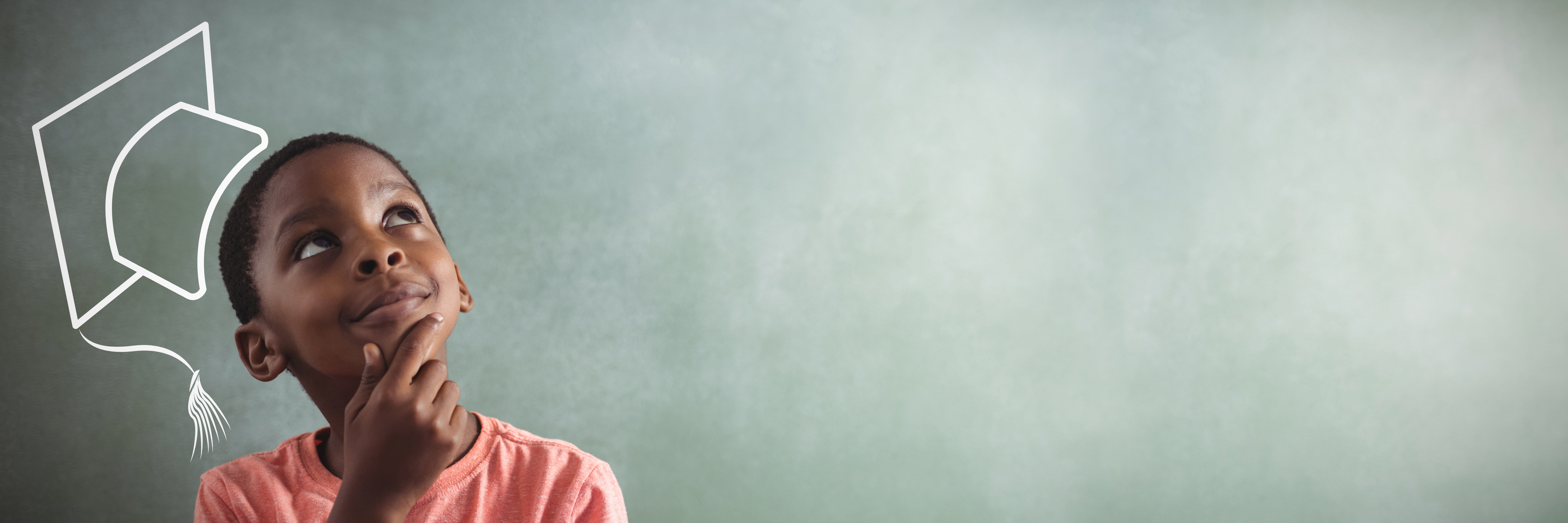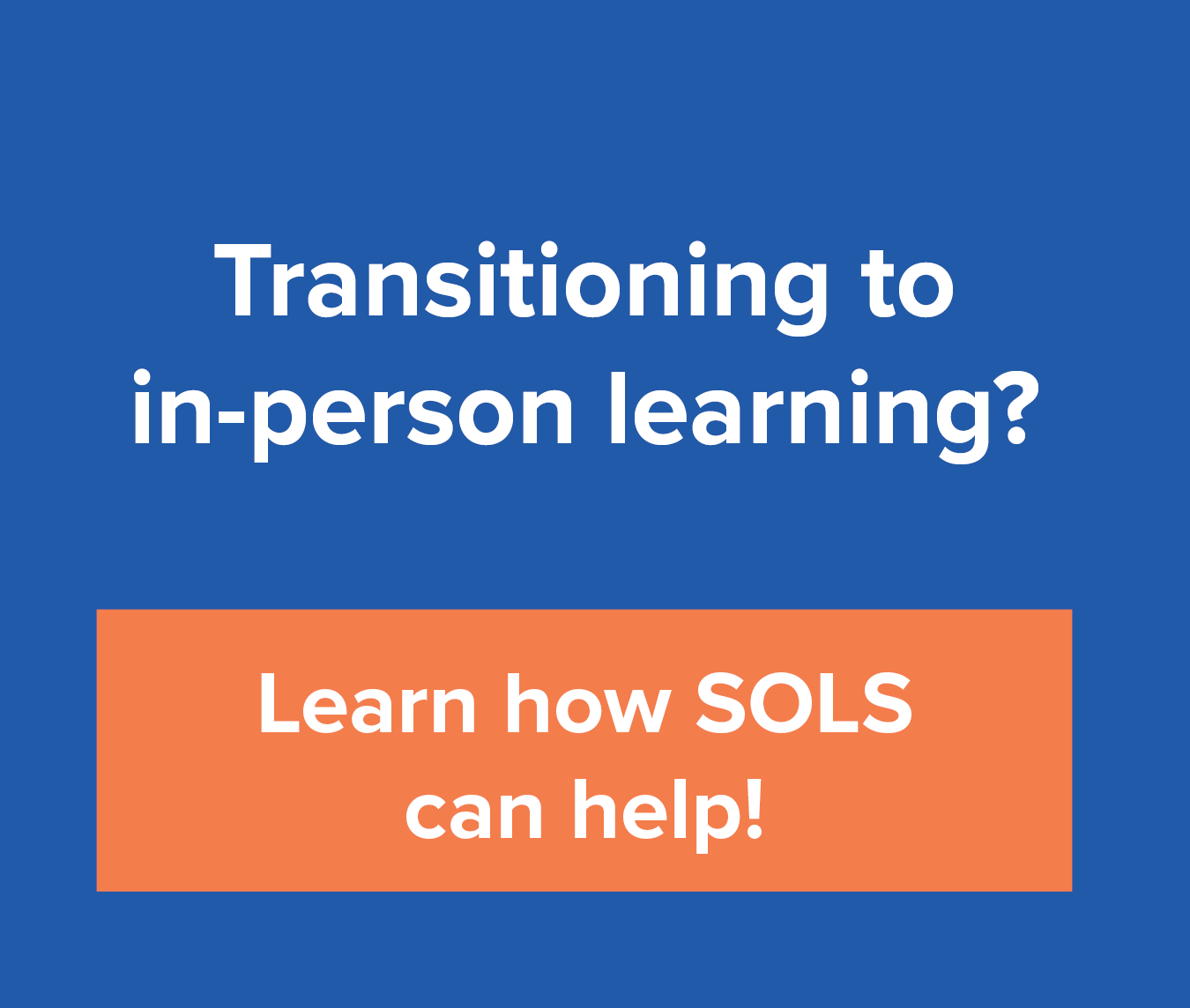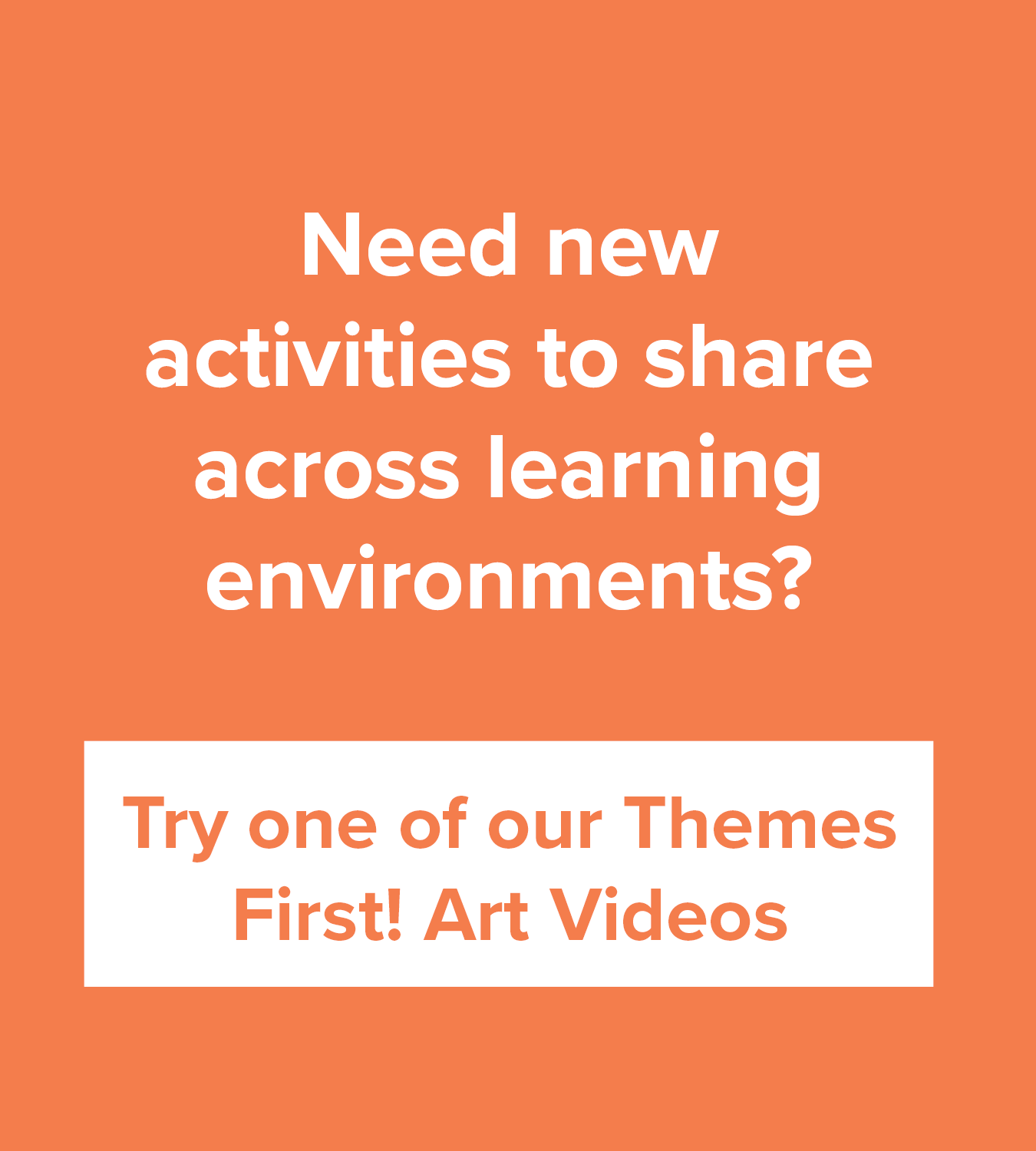November Newsletter | School Strategies

Adapting and Evolving:
What We've Learned From This School Year So Far
The beginning of the school year started out with many changes. Schools have had to adapt to new schedules, policies, and learning styles. With those changes have come a variety of challenges. Educators and families alike have had to adjust, modify, and create new strategies to support their students’ success. Below we reflect on some challenges—both big and small—that have arisen this school year, along with some strategies to help navigate the twists and turns of this unique school year.
Remote Learning
Overarching Challenge: Supporting caregivers in their dual role of caregiver and learning coach
Strategy: In many remote learning settings, caregivers and families have had to step into the role of assisting their child through instruction. For asynchronous learning, this may look like checking in to ensure independent work is completed. For synchronous learning, this may mean sitting next to the child, helping to navigate technology, or providing cues from the teacher. To assist caregivers in managing both home and school responsibilities, support them in creating a clear schedule or routines during both school and free time. This will help students understand different kinds of expectations and set clear roles for the caregiver. Direct caregivers to our free home supports to help them set up a schedule and routine within the home.
Day-to-Day Challenge: Families do not have access to printers and cannot access independent work or asynchronous activities
Strategy: For families that do not have access to a printer, print independent work or asynchronous materials at school and send them home with families. If the student is in a hybrid learning environment, prepare and distribute hands-on materials that may be needed during the next remote learning sessions. Caregiver kits that include asynchronous materials can also be sent home to families. Interested in caregiver kits for your district? Find ours here. Additionally, if you are using our STAR Online Learning System (SOLS), learn how to share REELs with caregivers so students can complete asynchronous work on their device.
Overarching Challenge: Simultaneously meeting the remote and in-person needs of students while continuing to foster a community within the classroom
Strategy: To continue to foster a classroom community during hybrid learning, mix both activities for the entire class and individual tasks into teaching plans. Consider teaching circle, music, or movement activities as a group, both in the classroom and remotely. Additionally, try using the same activity across different cohorts or settings. For example, for an art activity, prepare and distribute materials ahead of time for students who will be remote. Then, share screens with students remotely during your in-person instruction, with the screen positioned so in-person students can view alongside their peers. Go through the activity together, pausing to allow time for students to complete each step both at school and at home. This allows for students to interact and work together on a common activity, despite different learning environments. Share their artwork on the wall so students can admire each other’s work.
Day-to-Day Challenge: Helping caregivers who are unclear about their daily expectations
Strategy: At least a week before an upcoming lesson, inform caregivers of the materials or additional items needed during instruction. Create easy-to-follow schedules so the synchronous and asynchronous portions of the day are well-defined for caregivers. Clear communication will help create smooth transitions between remote and in-person class times. Use our FREE Teaching During COVID-19 supports to create your own schedule to share with caregivers.
In-Person Learning

Overarching Challenge: Navigating new health regulations and guidelines, including students being unable to move freely around the classroom or share manipulatives
Strategy: Classroom action plans are a great starting point when establishing a safe and healthy classroom environment amongst new routines and health guidelines. Be sure to check local, district, and state health and safety guidelines and update the classroom action plan frequently to reflect new changes or policies. Instead of sharing manipulatives or using a wall calendar, try individual binders instead so students can use their own sets of icons during circle time. Media Center subscribers can also use our Routine Essential Circle visuals and print individual icon sets with which students can answer calendar and weather questions in their own binders.
Day-to-Day Challenge: Maintaining mask-wearing when students have trouble keeping masks on
Strategy: Wearing a mask can be a new and unusual routine for students. Get them familiar with the routine of wearing a mask with video models and social scripts (access free ones here!) and encourage them to practice when they are at home. For the classroom, gather extra masks and additional supplies to keep at hygiene stations around the classroom. Having extra supplies on hand will help ensure that students are staying safe and healthy.


